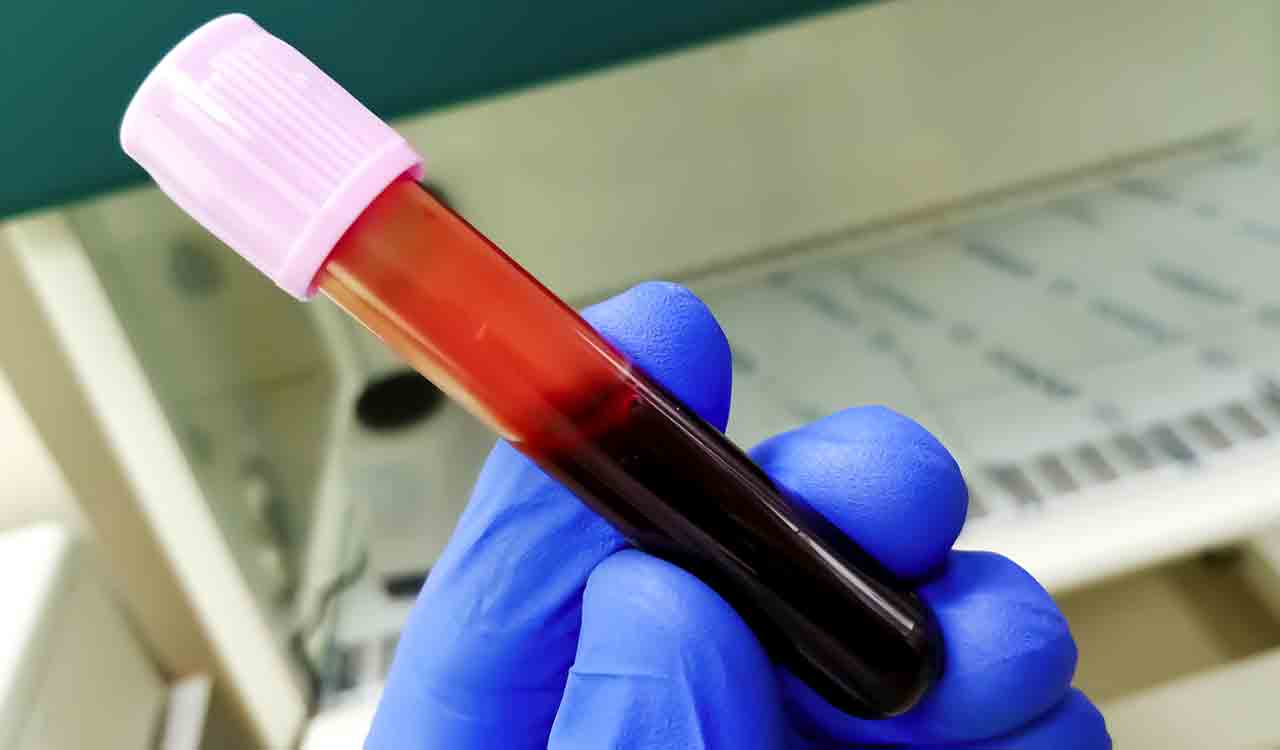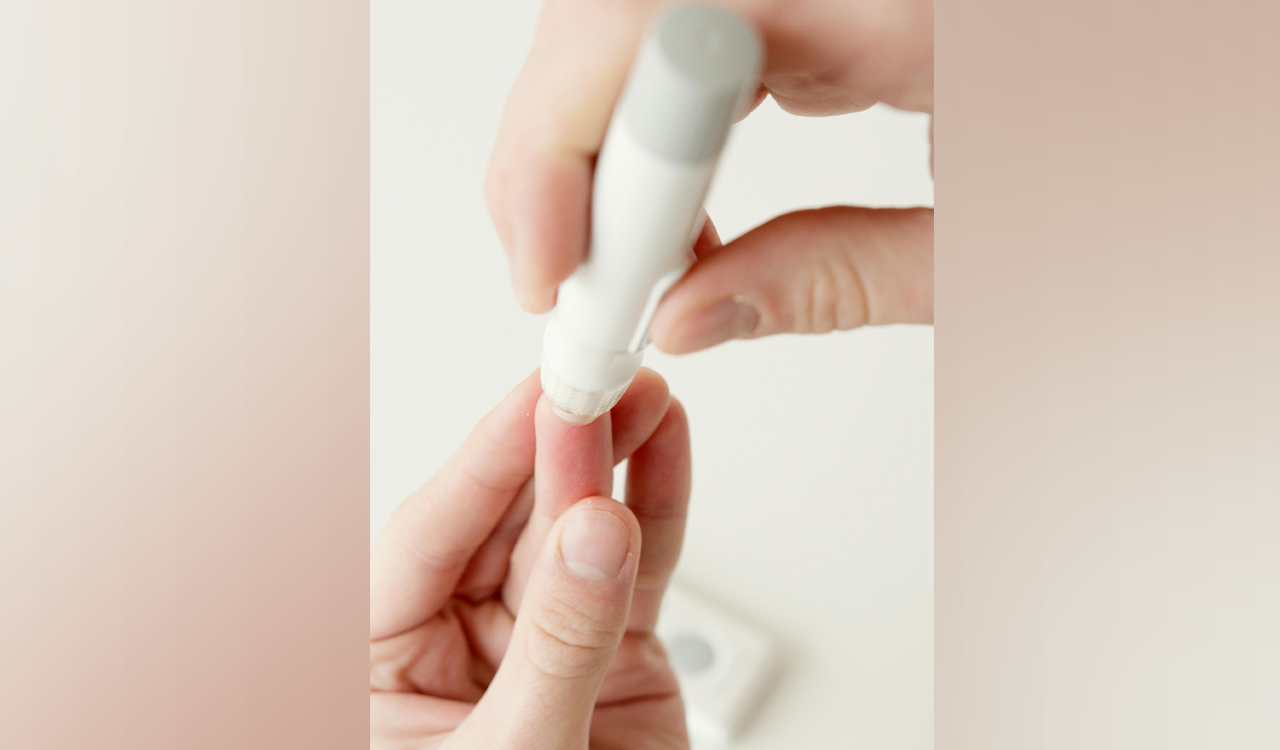Editorial: Chinks in regulatory system
The Drugs and Cosmetics Act of 1940 is inadequate to deal with the complexities of modern pharma market

India’s hard-earned reputation as a global pharma hub has taken a hit in recent times. The twin tragedies in Gambia and Uzbekistan last year, where the adulterated cough syrup supplied by Indian pharma companies was linked to the death of nearly 90 children, caused severe embarrassment. The unfortunate developments raised questions over the efficacy of the country’s regulatory mechanism and prompted calls for a systemic overhaul. The latest instance of the drug regulator flagging over 50 widely used drugs as substandard or counterfeit comes as a big blow to the credibility of an industry responsible for supplying a substantial portion of the global pharmaceutical market. Among the drugs found to be of poor quality are popular brands of antacids, paracetamols, painkillers, antibiotics, vitamins and anti-diabetic drugs, which form an integral part of everyday medical care in India. The findings by the Central Drugs Standard Control Organisation (CDSCO) underscore deeper concerns within the drug regulation and manufacturing framework. They raise questions about the robustness of India’s quality control processes, both at the manufacturing and regulatory levels. While India has earned global recognition for producing affordable medicines, incidents such as these highlight gaps in the system that must be addressed. India’s drug regulation is governed by the Drugs and Cosmetics Act of 1940, which is outdated and inadequate to deal with the complexities and challenges of the modern pharma market. The Act does not cover many aspects such as clinical trials, bioequivalence studies and good manufacturing practices that are essential for ensuring the quality and safety of drugs.
Moreover, the enforcement of the Act is weak and fragmented, as it involves multiple authorities at the central and State levels, with overlapping jurisdictions and responsibilities. One of the serious challenges is the presence of counterfeit or spurious drugs in the market, which not only endangers the health of consumers but also erodes trust in the entire supply chain. More rigorous oversight is required to ensure that substandard drugs do not reach the market in the first place. The fact that major pharmaceutical companies have themselves alerted the regulator about counterfeit batches indicates a systemic problem that affects both manufacturers and consumers. Greater cooperation between regulatory bodies, manufacturers and distributors is essential. At present, there are 38 drug regulators — one for each State and union Territory, in addition to the national regulator — CDSCO. Each of them has its own network of laboratories, inspectors and jurisdiction. As a result, they operate in silos, making the whole system opaque. Under the present setup, if violations are found in the functioning of a drug company in a State, such information will not be shared with the drug regulators of other States or with the CDSCO. This renders the regulatory mechanism ineffective. For a country whose pharmaceutical industry has a larger global profile, this is not a desirable situation.
Related News
-
Save future of Telangana NEET PG aspirants, IMA writes to CM Revanth Reddy
40 mins ago -
Telangana techie loses Rs 4.15 lakh to online gold trading fraud
1 hour ago -
Hyderabad: Couple working as house help at doctor’s residence held for theft
1 hour ago -
Hyderabad auto driver foils attempt to kidnap young woman, five held
2 hours ago -
Haiti gang attack on journalists covering hospital reopening leaves 2 dead, several wounded
3 hours ago -
21 dead as Mozambique erupts in violence after election court ruling
4 hours ago -
Cartoon Today on December 25, 2024
11 hours ago -
Sandhya Theatre stampede case: Allu Arjun questioned for 3 hours by Chikkadpallly police
12 hours ago




